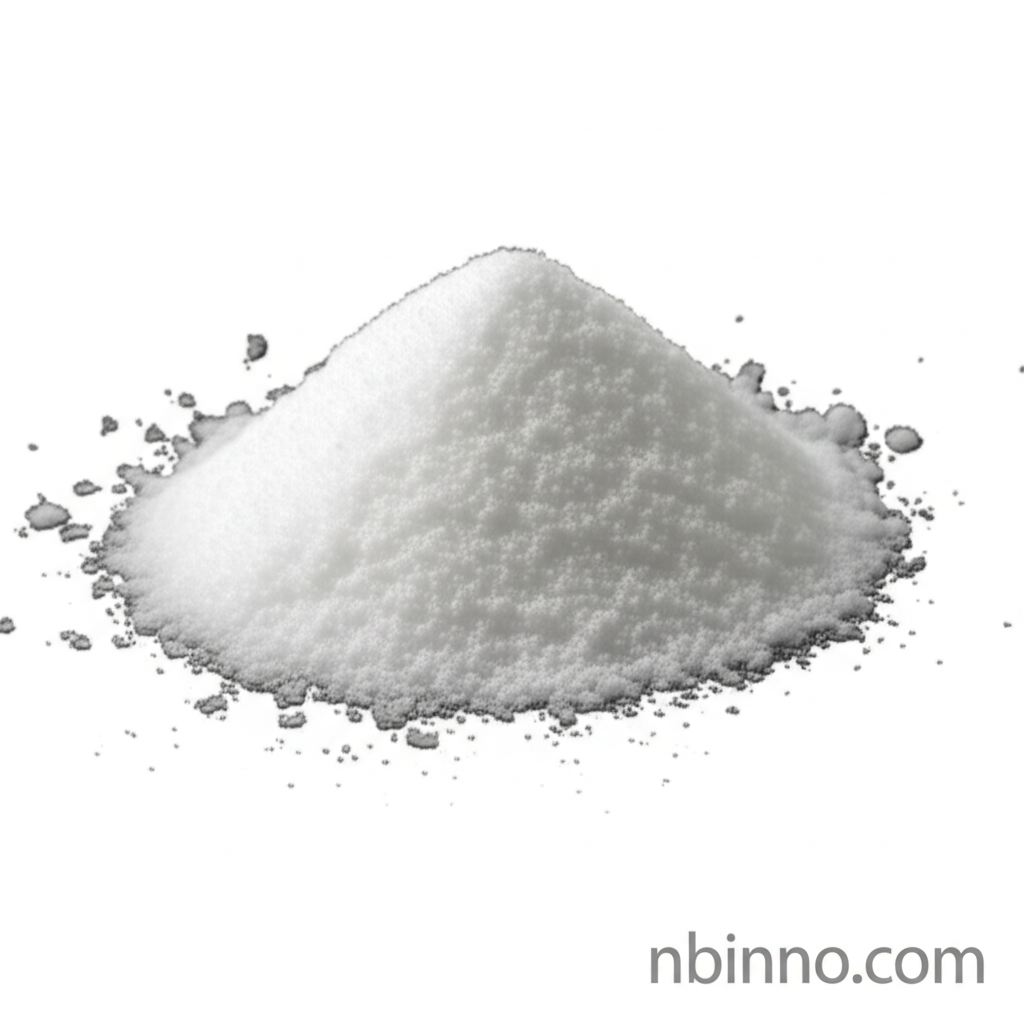Beta-D-Ribofuranose 1,2,3,5-tetraacetate: A Vital Pharmaceutical Intermediate
Discover the critical role of CAS 13035-61-5 in pharmaceutical synthesis and its applications.
Get a Quote & SampleProduct Core Value

Beta-D-Ribofuranose 1,2,3,5-tetraacetate
Beta-D-Ribofuranose 1,2,3,5-tetraacetate, identified by CAS number 13035-61-5, is a highly valuable compound extensively utilized as an intermediate in the pharmaceutical industry. Its unique chemical structure, featuring acetyl groups on the ribofuranose ring, makes it instrumental in synthesizing complex organic molecules, most notably antiviral drugs such as ribavirin.
- Unlock efficient ribavirin intermediate synthesis with this essential acetylated ribose chemical.
- Explore the buy beta-D-Ribofuranose 1,2,3,5-tetraacetate online for your research and development needs.
- Leverage the wholesale price of beta-D-Ribofuranose 1,2,3,5-tetraacetate for cost-effective pharmaceutical intermediate production.
- Understand the pharmaceutical intermediate CAS 13035-61-5 applications in creating essential medications.
Key Advantages
Enhanced Stability and Solubility
The acetyl groups in this pharmaceutical intermediate CAS 13035-61-5 enhance its stability and solubility in organic solvents, simplifying handling and reactions in diverse chemical processes.
Versatile Synthesis Intermediate
As a crucial building block for nucleosides, this compound is indispensable for advanced carbohydrate chemistry and supports efficient ribavirin intermediate synthesis.
Facilitates Glycosylation Reactions
The protected hydroxyl groups make it an ideal starting material for glycosylation reactions, a critical step in forming glycosidic bonds for complex carbohydrate structures.
Key Applications
Pharmaceutical Synthesis
Essential for the production of antiviral medications like ribavirin, underscoring its role in buy beta-D-Ribofuranose 1,2,3,5-tetraacetate online.
Nucleoside Production
Serves as a key starting material in the synthesis of various nucleosides and nucleotides for research and drug development.
Carbohydrate Chemistry Research
Utilized in academic and industrial settings to study glycosylation mechanisms and the reactivity of sugar units.
Biochemical Studies
Its properties make it a model compound for investigating complex biochemical pathways involving sugar moieties.
